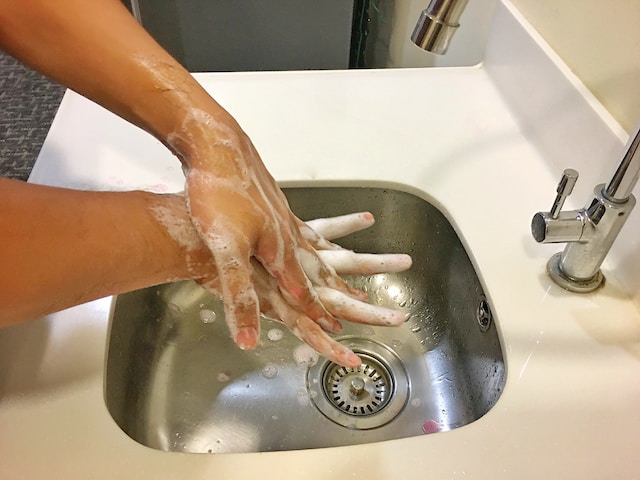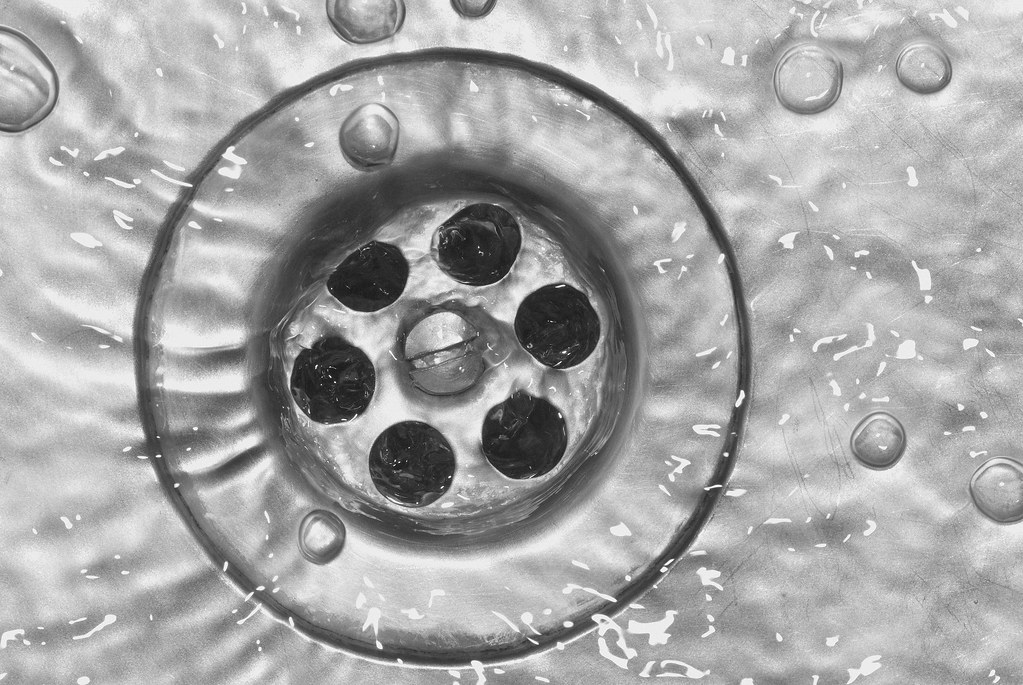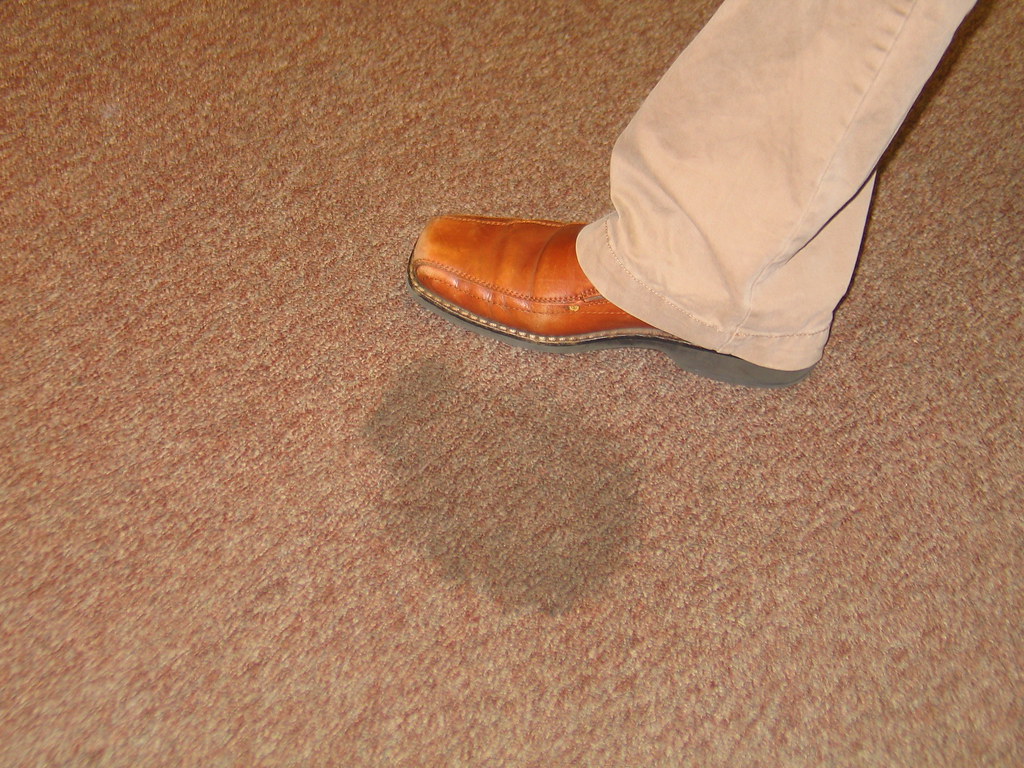Clogged drains are a problem for facility managers and homeowners. The first solution considered is to call a plumber. As we shall discuss, calling a plumber should be the last thing you do.
Fixing clogged drains can prove expensive if a plumber is called in, and all too often, it’s just not necessary.
Along with not calling in a plumber, we also recommend not using liquid drain cleaning chemicals. These chemicals are most effective when water is draining slowly. Once a drain is totally clogged, there is little they can do. Further, they can be dangerous to you and your drain. These chemicals are very caustic and can cause severe damage to eyes and skin. They are also corrosive. They can eat away at pipes, which may mean you not only have a clogging problem, but an entire section of the pipe may need to be replaced.
So, what can you do? Try these steps first.
- Boiling Water: Boil 8 to 12 cups of water in a pot. Then carefully pour it down the drain about two or three cups at a time. When a dishwasher clogs up, this is invariably what is recommended. Repeat the process, as necessary. The boiling water will help clear some, if not all, of the clog, allowing the drain to flow freely once again.
- Dish Soap: Dish soap is designed to cut through grease. Many clogs are the result of grease and oil buildup in the pipes below the drain. Pour a few tablespoons of dish soap down the drain and let it sit. After a few minutes, run some water. If the drain does not open, add the boiling water technique. Allow the combination to sit for an hour or two. The mixture should help remove the clog.
- Time for a Plunge(r): If this is a floor drain, a toilet plunger should be all that is needed. For a clogged sink drain, a smaller plunger should be used. Fill the area above the clogged drain with some water. Slowly but powerfully, push down on the plunger’s handle, then pull up. Repeat this process – push down and then pull up – and it should loosen the debris, so the drain is flowing again. Remember to add some water with each plunge. Do this about 10 times. If it does not work, proceed to the next step.
- Get a Snake: Most hardware stores now stock plastic and metal auger snakes. These snakes are made to be used in-house. They are flexible so that they can be snaked down the drain a few inches at a time. Repeat as often as necessary until you can pass the entire snake down the drain. Now, run the water to see if the drain is cleared. It should be; however, you may not be out of the woods yet.
- Foam It: ProNatural Brands now offers a foam plunger that releases foam into the drain, helping to thoroughly clear the clog below. Use the foam plunger with ProNatural’s Liquid Disinfectant & Cleaner Solution. The plunger forces the foam down the drain; the liquid disinfectant eats away at the material causing the clog. Grease, oil, and debris are removed, and the disinfectant eliminates germs and bacteria. The drain is now cleaner, clog-free, and healthier. This is especially necessary for commercial kitchens and the food service industry.
If none of these steps works, it’s time for step 6: call a plumber. But just try these steps first.
Pronatural Brands cleaning, sanitizing & disinfecting products are made from 100% naturally derived, FDA approved food additive ingredients. They are just as powerful as leading synthetic-based solutions but safer.
Image: craig1black






